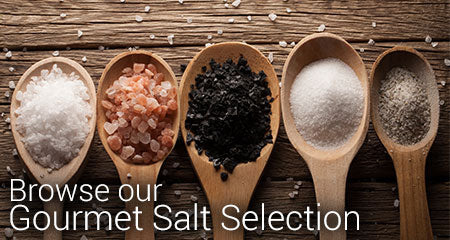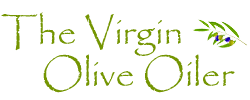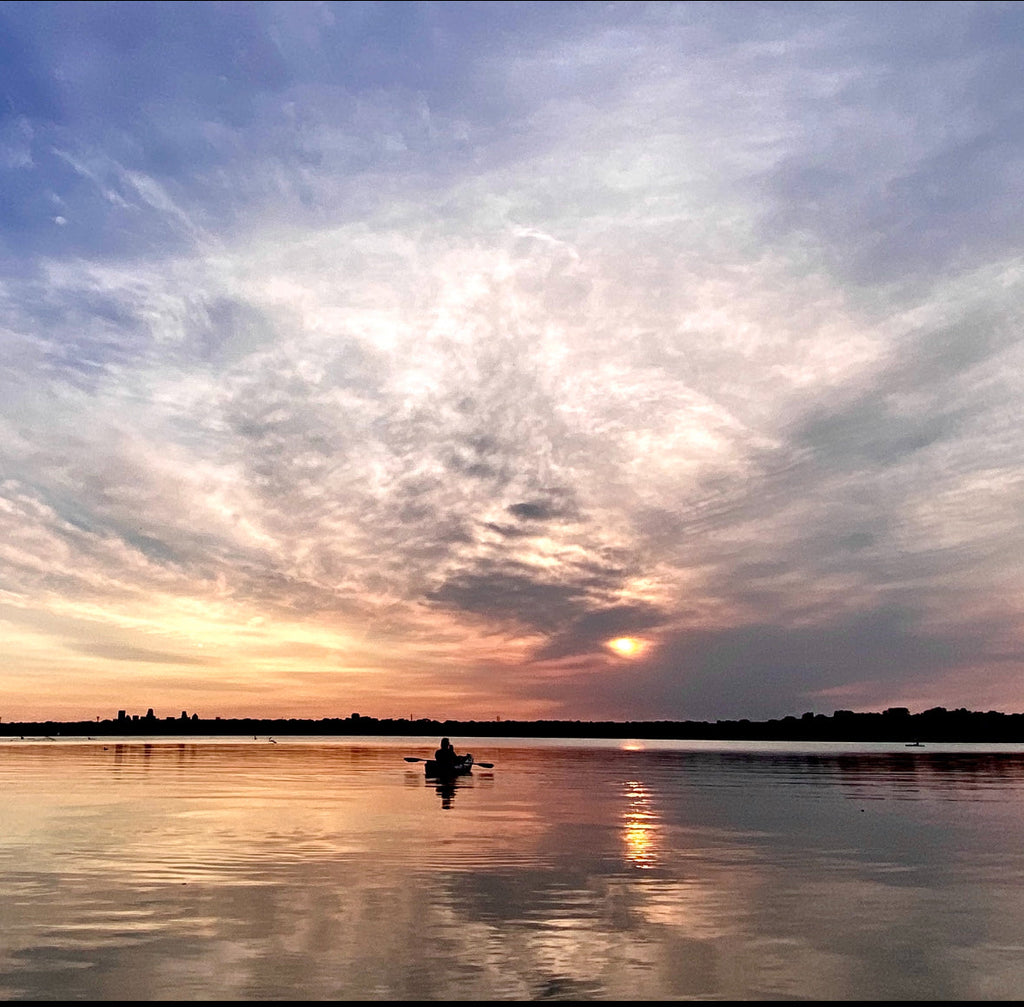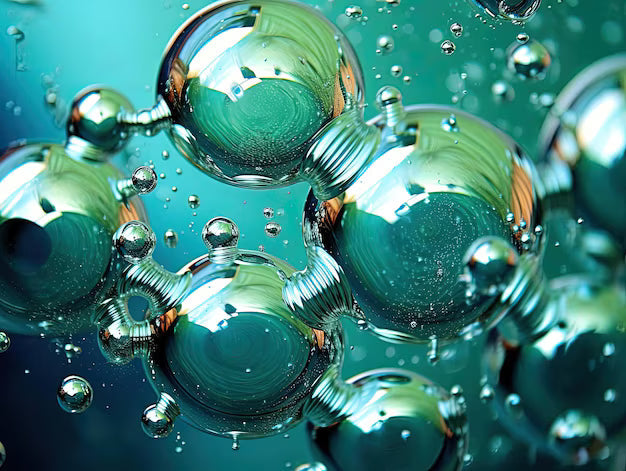Let’s Talk Hair Health - Blog # 24

Hello Everyone! Welcome back to another Friday blog. How many of you are wondering why there’s more hair in your brush these days? If you still have hair...that is, you haven’t lost your mind and pulled all your hair out in 2020, you may notice you have a bit less than last year. We all know oxidative stress on the body is bad and leaves inflammation and damage in its wake. Stress will make you sick, make your hair fall out, make your hair turn gray, change the texture of your skin, nails, hair and more...
Stress, age and illness sends your body into crisis mode, leading to a hormonal imbalance. DHT (dihydrotestosterone), a by-product of the breakdown of testosterone is a known cause of hair loss. This can be devastating to both men and women, but particularly women. There are DHT blocking products on the market, such as minoxidil. However, it is only 19% effective in women and has multiple side-effects that literally worsen the problem. Let’s take a closer look at hair and what we can do to protect it.

We all know hair is dead...So, what’s the purpose of hair anyway? Hair is a characteristic of mammals and actually serves many functions. For example, hair serves as a cushion against external shocks, helps regulate body temperature by keeping your head warm, facilitates evaporation of sweat, shields the scalp from UV rays, individual hairs act as sense organs, it is responsible for excreting harmful heavy metals such as arsenic and mercury and removing them from the body as well as playing a role in beauty and self expression. When one experiences hair-loss, it can have devastating effects increasing stress and causing negative psychological consequences, low self-esteem, depression and social withdrawal. Hair loss is most often linked to nutritional imbalances, aging and genetic factors.
Let’s get to the root of the problem. LOL. As always, we must go to the science. Let’s take a look at the anatomy of hair. “Hairs develop in the fetus as epidermal downgrowths that invade the underlying dermis. Each downgrowth terminates in an expanded end that becomes invaginated by a mesodermal papilla. The central cells of the downgrowth become keratinized to form a hair, which then grows outward to reach the surface. The shaft of a hair consists of a cuticle and a cortex of hard-keratin surrounding, in many hairs, a soft-keratin medulla. Pigmented hairs contain melanin in the cortex and medulla, but pigment is absent from the surrounding sheaths. The color of hair depends mainly on the shade and the amount of pigment in the cortex and, to a lesser extent, on air spaces in the hair. In white hairs pigment is absent from the cortex, and the contained air is responsible for the whiteness; "gray hair" is generally a mixture of white and colored hairs.”
“The root of a hair is situated in an epidermal tube known as the hair follicle, sunken into either the dermis or the subcutaneous tissue. The follicle is dilated at its base to form the bulb (matrix). In the obtuse angle between the root of a hair and the surface of the skin, a bundle of smooth muscle fibers, known as an arrector pili muscle, is usually found. It extends from the deep part of the hair follicle to the papillary layer of the dermis. On contraction it makes the hair erect. The arrectores pilorum are innervated by sympathetic fibers and contract in response to emotion or cold. This results in an unevenness of the surface called "goose pimples" or "goose skin."
“Hair follicles (HFs) are depressions in the scalp in which hair is created through the continuous proliferation of matrix cells, in a growth cycle that includes various phases. A hair cycle in a normal scalp is classified into the anagen phase, which lasts 3~6 years and involves active growth; the catagen phase, which lasts 3~4 weeks and involves halting and contracting of growth activity; and the telogen phase, which lasts 3~4 months and is the period when the hair eventually falls out and is replaced by a new hair. The hair cycle is repeated 10~20 times during a lifetime.”

Okay. There’s a lot more going on here than actually meets the eye. So what can we do to give our hair the optimum nutrition and care to last for several years and prevent breakage, damage or eventual loss?Just like every other part of the body, it is imperative to prevent INFLAMMATION AND OXIDATIVE STRESS that leads to damaged and lifeless hair and eventual loss. What happens to you today will affect your hair for years to come. As we just learned, up to 6 years. Since existing hair is dead, it makes sense to approach this from both outside and inside. Applying topical oils and extracts can help strengthen the hair and provide elasticity to prevent it from becoming brittle, drying, fraying or breaking. It also makes sense to nourish the scalp and clean pores to enhance hair growth and re-growth. Internally, you can really make a difference with your diet and nutrition that will affect newly sprouting hairs. Today I’m focusing on what we can safely put ON our scalp and hair. You can use 2-3 drops in some EVOO (carrier oil) as a hair treatment. DO NOT directly apply essential oils to skin or hair.
There are multiple studies that demonstrate hair growth stimulating properties of several topically applied oils and botanical extracts. They work by decreasing inflammation, cleaning clogged pores and enhancing blood flow. Let’s take a look at some of the top oils that help our hair and what they can do for us.
Argan Oil: High in oleic and linoleic fatty acids, vitamin E, antioxidants, has antifungal, antibacterial properties.
Bergamot Oil: One study found that bergamot essential oil helps facilitate wound healing and reduce inflammation. This may help promote hair growth and a healthy scalp. EO (essential oil) - must be diluted
Cedarwood Oil: thought to promote hair growth and reduce hair loss by balancing the oil-producing glands in the scalp. It also has antifungal and antibacterial properties, which can treat different conditions that may contribute to dandruff or hair loss. In a mixture with lavender and rosemary, cedarwood extract was also found to reduce hair lossTrusted Source in those with alopecia areata. EO - must be diluted
Clary Sage Oil: contains the same linalyl acetate that helps make lavender oil so effective in increasing hair growth. It can improve hair strength, in addition to increasing hair growth, making hair more difficult to break. EO - must be diluted
EVOO: high in Oleic Acid, Oleocanthal, Squalene, rich in vitamins E, K and squalene. A study in 2015 demonstrated in mice that topical application of an olive extract stimulated hair regrowth in androgenic mice skin. We also know that EVOO is the only oil that can penetrate into the dermis! Only oil with squalene to enhance sebum to moisturize scalp and hair. EVOO is anti-inflammatory, antiseptic, antimicrobial, full of fatty acids, antioxidants, polyphenols, vitamins and phytonutrients. It is the perfect carrier oil.
Jojoba Oil: rich in Oleic Acid, vitamin E, A, B complex and F and minerals zinc and copper. It is the only plant in the world to produce pure liquid wax esters that stop UVB rays, balances pH, promotes hair growth, very similar properties to sebum. Jojoba is high in antioxidants, anti-inflammatory, antiseptic and antimicrobial.
Lavender Oil: blocks DHT. study in 2016 demonstrated in mice that lavender oil increased the number of hair follicles, depth of the follicle and dermal thickness layer, and decreased mast cells. Generate growth of cells and reduce stress. EO - must be diluted
Lemongrass Oil: effective dandruff treatment, with one 2015 study finding that it significantly reduced dandruff after one week. EO - must be diluted
Pomegranate Oil: Hydrator, penetrates deep, high omega 5 (Punicic acid), strong anti inflammatory, antiseptic, anti-aging, UV protection, stimulates skin cells, improves elasticity, scars, skin regenerating, improves thickness, astringent, improves skin texture (pro-estrogen supporting skin), boosts collagen, nutrient dense, high vit C, antioxidants, tannins, ellagitannins, unclogs pores in scalp to promote hair growth, strengthen blood vessels, revitalizes dull brittle hair, anti pruritic, balances pH. Pomegranate and Shea are used in creating sunscreen due to their natural spf properties. Extract - no dilution
Peppermint Oil: increases circulation to the area it’s applied to. This can help promote hair growth during the anagen (or growing) phase. One study found that peppermint oil, when used on mice, increased the number of follicles, follicle depth, and overall hair growth. EO - must be diluted
Rosehip Seed Oil: high in oleic and linoleic fatty acids, antioxidants, such as lycopene and vitamin C, which can help fight free radicals, boost collagen, and moisturize the skin. vitamin A, a known fighter against acne, wrinkles, and sun damage, anti-inflammatories, such as polyphenols and vitamin E. Extract - no dilution
Rosemary Oil: blocks DHT. improves both hair thickness and hair growth, rosemary oil is a great choice thanks to its ability to improve cellular generation. According to one studyTrusted Source, rosemary oil performed as well as minoxidil, a common hair growth treatment, but with less scalp itching as a side effect. EO - must be diluted
Thyme Oil: can help promote hair growth by both stimulating the scalp and actively preventing hair loss. Like cedarwood oil, thyme oil was also found to be helpful in treating alopecia areataTrusted Source. EO - must be diluted
Tea Tree Oil: blocks DHT. powerful cleansing, antibacterial, and antimicrobial properties. When used topically, it can help unplug hair follicles and increase hair growth. A 2013 study even found that a mixture containing tea tree oil and minoxidil was more effective than just the minoxidil alone in improving hair growth, though more studies are needed on using tea tree oil only. A review in 2015 found tea tree is commonly used in anti-dandruff treatment products. EO - must be diluted
Ylang-ylang Oil: ideal for those with dry scalps, as it can stimulate sebum production. As lack of enough oil and sebum causes hair to become dry and brittle, ylang-ylang can improve hair texture and reduce hair breakage. EO - must be diluted
You can add a few 2-3 drops to your shampoo or even make your own hair serum with high polyphenol EVOO, golden jojoba or argan and essential oils...And don’t forget to nourish from the inside as well with proper nutrition and hydration!
Until next time my friends, drink, drizzle, digest high polyphenol EVOO, eat fatty fish, get plenty of sleep, get a good pre/probiotic for your digestion, drink lots of water, exercise your body and mind. #EVOO!
This blog is intended for informational purposes only. Discuss strategies with your Healthcare Practitioner.







Comments (2)
Julie, remind me tomorrow that I need to talk to you about this Blog. Love you,
This was so interesting. WOW